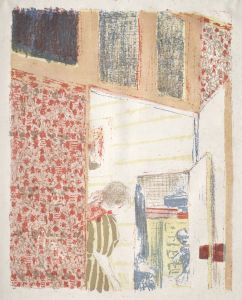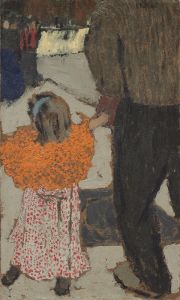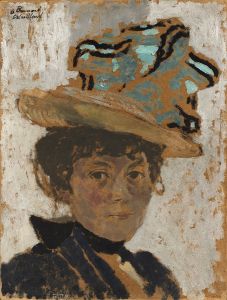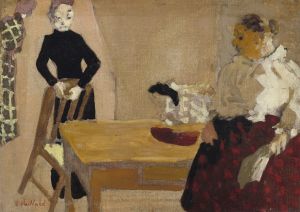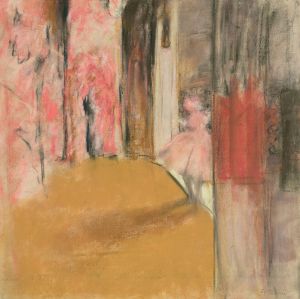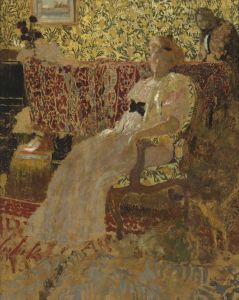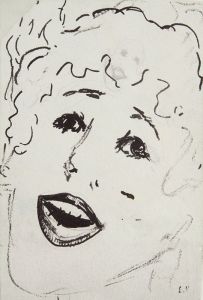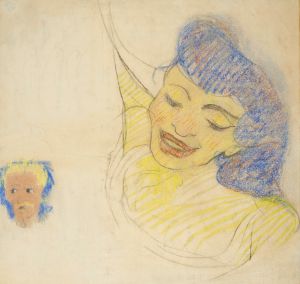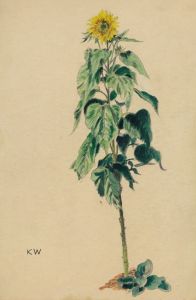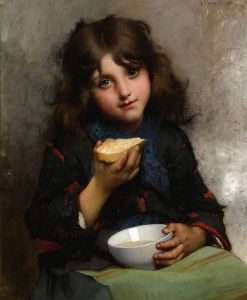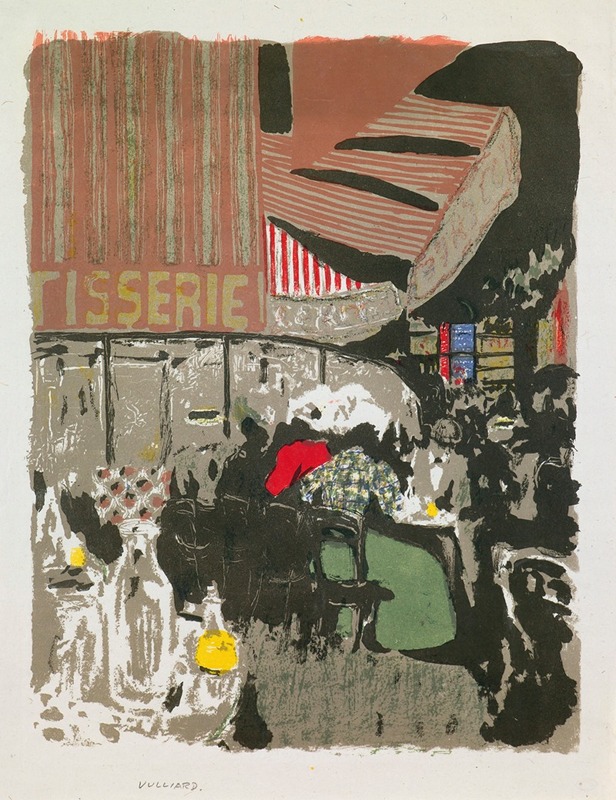
The Pastry Shop, from ‘Landscapes and Interiors’
A hand-painted replica of Édouard Vuillard’s masterpiece The Pastry Shop, from ‘Landscapes and Interiors’, meticulously crafted by professional artists to capture the true essence of the original. Each piece is created with museum-quality canvas and rare mineral pigments, carefully painted by experienced artists with delicate brushstrokes and rich, layered colors to perfectly recreate the texture of the original artwork. Unlike machine-printed reproductions, this hand-painted version brings the painting to life, infused with the artist’s emotions and skill in every stroke. Whether for personal collection or home decoration, it instantly elevates the artistic atmosphere of any space.
Édouard Vuillard's painting "The Pastry Shop" is part of his series "Landscapes and Interiors," which reflects his unique approach to capturing the essence of domestic and urban life in late 19th and early 20th century France. Vuillard, a French painter and a member of the Nabis group, is renowned for his intimate interior scenes and his ability to convey the subtleties of everyday life through his art.
"The Pastry Shop" exemplifies Vuillard's characteristic style, which often includes a rich tapestry of patterns and textures. In this painting, Vuillard uses a combination of muted and vibrant colors to create a warm, inviting atmosphere that draws the viewer into the scene. His technique often involves the use of flattened perspectives and a decorative approach to composition, which can be seen in the way he arranges the elements within the painting.
Vuillard's work is known for its focus on the interplay between figures and their environments, and "The Pastry Shop" is no exception. The painting likely depicts a typical Parisian pastry shop, a common and beloved feature of French urban life. Vuillard's attention to detail and his ability to capture the ambiance of such settings are evident in the way he portrays the shop's interior, possibly filled with an array of pastries and the subtle interactions of its patrons.
The Nabis, the artistic group to which Vuillard belonged, were influenced by Post-Impressionism and Symbolism, and they sought to break away from traditional artistic conventions. Vuillard, along with other members like Pierre Bonnard and Maurice Denis, emphasized the importance of personal expression and the decorative potential of color and form. This influence is apparent in "The Pastry Shop," where Vuillard's use of color and pattern creates a sense of harmony and rhythm within the composition.
Vuillard's paintings often reflect his interest in the private, domestic world, and he frequently drew inspiration from his own surroundings and experiences. His mother, a dressmaker, and her home-based business provided him with ample material for his art, and this personal connection to domestic spaces is a recurring theme in his work. While "The Pastry Shop" is not an interior of his mother's home, it shares the same intimate and personal quality that characterizes much of his oeuvre.
"The Pastry Shop" is a testament to Vuillard's skill in capturing the quiet beauty of everyday life. His ability to transform ordinary scenes into works of art that resonate with viewers is a hallmark of his legacy. Today, Vuillard's paintings are celebrated for their contribution to modern art and their influence on subsequent generations of artists.
In summary, "The Pastry Shop" is a fine example of Édouard Vuillard's work, showcasing his distinctive style and his talent for depicting the nuances of daily life. Through his use of color, pattern, and composition, Vuillard invites viewers to appreciate the simple yet profound moments that define human experience.





